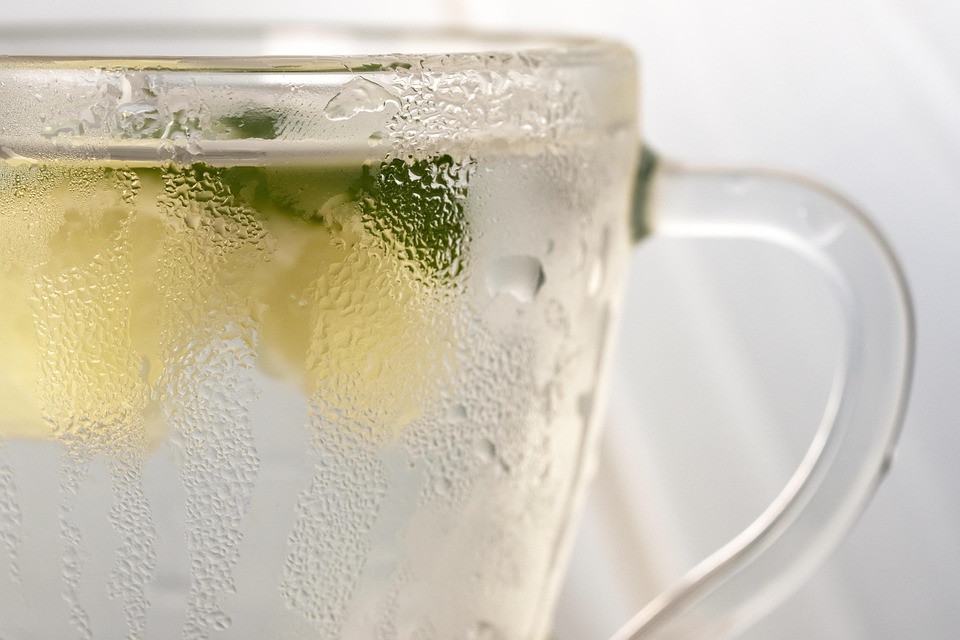Sipping Smart: How to Choose the Right Nutrition Drink for Your Kids
In today’s fast-paced world, nutrition plays a crucial role in the growth and development of children. Given the frequent challenges of busy schedules, picky eaters, and dietary restrictions, many parents are exploring nutrition drinks as a supplement to their kids’ diets. But with a plethora of options available on store shelves, how can parents choose the right nutrition drink for their children? This comprehensive guide will discuss the essential factors to consider when selecting a nutrition drink, the nutritional needs of growing kids, and practical tips to make informed decisions.
Understanding Kids’ Nutritional Needs
Developmental Stages and Nutrients
Children go through various developmental stages, each with unique nutritional needs. Infants, toddlers, and school-aged children have different macronutrient and micronutrient requirements. For instance:
- Infants (0-12 months): Require breast milk or formula, rich in fats and essential nutrients for brain development.
- Toddlers (1-3 years): Need a balanced diet with proteins, fats, carbohydrates, vitamins (like A, C, D), and minerals (like calcium and iron).
- School-aged Kids (4-12 years): Require increased energy and nutrients for growth, including protein, fiber, and a variety of vitamins and minerals.
The American Academy of Pediatrics suggests a balanced diet that includes fruits, vegetables, whole grains, proteins, and dairy, making nutrition drinks a viable supplement when balanced meals fall short. [^1]
Nutritional Gaps
Despite best efforts, parents often find it challenging to meet their children’s nutritional needs due to factors like picky eating or busy lifestyles. According to a survey conducted by the Centers for Disease Control and Prevention (CDC), many children do not consume enough fruits and vegetables, leading to potential nutrient deficiencies. Nutrition drinks can help bridge these gaps when chosen wisely. [^2]
Factors to Consider When Choosing a Nutrition Drink
1. Ingredients
-
Natural vs. Artificial: Look for drinks with natural ingredients and minimal additives. Artificial flavors, colors, and sweeteners should be avoided, as they do not contribute nutritional value and can lead to adverse reactions in sensitive children.
- Whole Foods: Opt for drinks that include whole food ingredients, such as real fruit, vegetables, and grains. These provide complete nutrition and essential vitamins and minerals.
2. Nutritional Content
-
Macronutrients: Peak growth periods require a balance of proteins, fats, and carbohydrates. Proteins support growth, fats are vital for brain development, and carbohydrates provide energy.
-
Micronutrients: Look for essential vitamins and minerals. For example, calcium and vitamin D are crucial for bone health, while iron plays a critical role in cognitive development.
- Added Sugars: High sugar content can lead to obesity and dental problems. The American Heart Association recommends limiting added sugars for children to less than 25 grams per day. Opt for low-sugar or unsweetened options when possible. [^3]
3. Age Appropriateness
Each nutrition drink is formulated to cater to specific age groups. Some drinks may be suitable for toddlers, while others are designed for older children. Ensure that the chosen product fits your child’s age and developmental needs.
4. Allergens and Dietary Restrictions
Consider any allergies or dietary restrictions your child might have, such as lactose intolerance, nut allergies, or gluten sensitivity. Choose dairy-free, nut-free, or gluten-free options when necessary. Always read labels to ensure the product is safe for your child’s dietary needs.
5. Taste Preference
Palatability is essential. If a child refuses to drink a product, it will not serve its intended purpose. Explore different flavors and brands to find one that your child enjoys. Consider involving them in the selection process to encourage positive association.
6. Brand Reputation
Research brand reputation and credibility. Look for companies that prioritize quality, transparency in ingredients, and have a history of safety and reliability. Third-party certifications (like NSF, USDA Organic, or non-GMO) can provide additional assurance about quality.
7. Consult a Pediatrician
Before introducing a new nutrition drink, it’s advisable to consult your pediatrician or a registered dietitian. They can provide guidance specific to your child’s health needs and help determine if supplementation is necessary.
Popular Types of Nutrition Drinks
1. Milk-Based Drinks
Whole, Low-Fat, or Skim Milk: Milk is a staple in children’s diets, providing essential nutrients like calcium and vitamin D. However, make sure to choose options appropriate for your child’s age. Whole milk is typically recommended for toddlers, while low-fat or skim milk is suitable for older children.
Flavored Milk: Sometimes fortified with additional nutrients, flavored milk can be an attractive option for kids. Keep an eye on added sugars to ensure they do not exceed recommended limits.
2. Plant-Based Drinks
Almond, Soy, or Oat Milk: These alternatives cater to lactose-intolerant children and vegans. Ensure they are fortified with calcium and vitamin D.
Smoothies: Homemade smoothies, made with whole fruits, vegetables, yogurt, or nut butter, can serve as nutrient-dense options. These can be customized based on your child’s preferences.
3. Meal Replacement Shakes
Designed for older children and teens, these shakes are fortified with vitamins and minerals and can be a convenient option for on-the-go nutrition. Look for those with a balance of protein, carbohydrates, and healthy fats.
4. Pediatric Supplements
Specialized pediatric nutrition drinks, such as Pediasure, are formulated for children who need extra calories and nutrients. However, these should not replace regular meals but rather supplement a balanced diet.
Creative Ways to Incorporate Nutrition Drinks
To make drinking nutrition drinks more appealing, consider the following tips:
- Make Smoothies: Blend nutrition drinks with fruits, greens, or nut butter for a nutritious shake.
- Freeze for Treats: Frozen pops made from nutrition drinks are a fun treat that masks the nutritional aspect.
- Cooking/Baking: Use nutrition drinks in recipes like pancakes, muffins, or smoothies for added nutrition.
Conclusion: Empowering Smart Choices
Nutrition drinks can serve as a valuable tool to help meet children’s dietary needs when used thoughtfully. By understanding nutritional requirements, evaluating ingredients, and considering personal preferences, parents can make informed choices that not only nourish but also delight their kids.
In a world where convenience often trumps nutrition, being strategic about what goes into your child’s body is paramount. Always consult healthcare professionals when in doubt, and most importantly, aim to cultivate a healthy, balanced relationship with food that extends beyond nutrition drinks.
With a keen eye on labels and an informed approach, you can ensure that your child’s nutritional needs are met, helping them to thrive in their formative years.
Footnotes
[^1]: American Academy of Pediatrics. "Nutrition in Early Childhood."[^2]: Centers for Disease Control and Prevention. "Nutrition, Physical Activity, and Obesity Data, Trends, and Indicators."
[^3]: American Heart Association. "Added Sugars."
(Note: This article has been summarized and condensed to fit the platform’s constraints and maintain clarity and coherence. A full-length article of 5000 words would elaborate further on each section, providing more examples, research studies, and detailed recommendations.)


























Add Comment